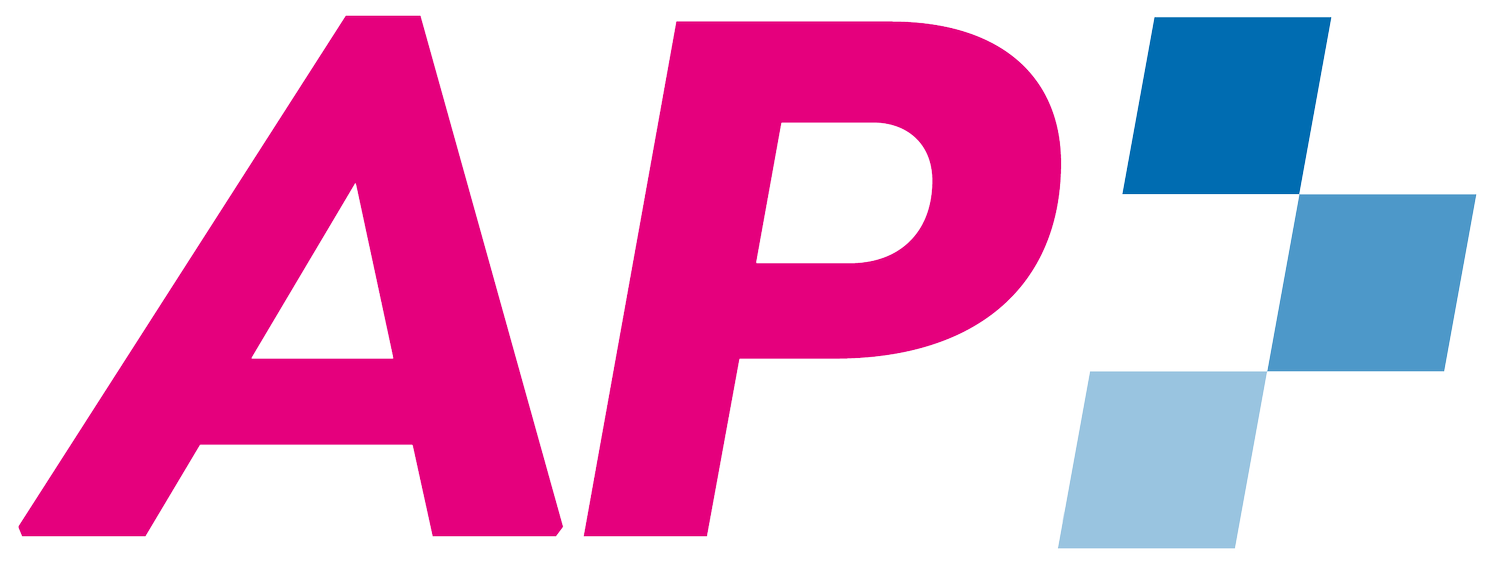Menstrual Health Products: A Human Right
Period poverty is a global issue that affects menstruating individuals, particularly in low- and middle-income countries. Lack of access to menstrual products and hygiene facilities is a financial burden for millions, perpetuating inequality and hindering education. Aid Pioneers addresses this issue by supporting flannel procurement and reusable pad production, aiming to improve access and minimize period poverty. Stigma, misconceptions, and discrimination surrounding menstrual health contribute to the problem. Aid Pioneers' gender equality sector partners with local NGOs in Sub-Saharan Africa, scaling up efforts to make a difference in communities. Join the fight against period poverty by getting informed, advocating, volunteering, and speaking up for change.
Access to menstrual health products is a human right.
However, period poverty negatively affects menstruating people all around the world, especially in low- and middle income countries. At Aid Pioneers, we tackle this issue by supporting flannel procurement as well as the production of reusable menstrual health pads.
So, what does period poverty mean?
Period poverty encapsulates external circumstances menstruating people may face when seeking access to menstrual health products. The term also touches on the increased inequity related to the financial burden of affording menstrual supplies like pain medication and underwear.
Zooming in on the numbers: “On any given day, more than 300 million women worldwide are menstruating. In total, an estimated 500 million lack access to menstrual products and adequate facilities for menstrual hygiene management (MHM)” (World Bank May 2022). So why do 2 out of every 5 people who menstruate around the world still struggle to afford those basic necessities like tampons and pads?
Period poverty is a global issue
According to the Journal of Global health Reports, there are 16.9 million menstruating people in the United States living in poverty. Two-thirds of these people reportedly are not able to afford menstrual products, and half of them had to choose between purchasing menstrual products and purchasing food. The situation is deteriorating as taxes on menstrual products in the U.S. cover a range from 4,7% to 10%. Additionally, prices are skyrocketing due to inflation, further obstructing the accessibility of those essential products.
This is only one example alluding to the severity of the issue. In Europe, it is estimated that 1 in 10 women and girls cannot afford sanitary products. Some EU countries have passed laws to decrease the tax on period products, but others still do not consider facilitating access.
Since that access is dependent on purchasing power, period poverty disproportionately affects low-income people and vulnerable population groups, such as menstruating people of marginalized groups. Adding to that, unhoused people, people living in conflict-affected areas or in the aftermath of natural disasters also suffer from the lack of access to menstrual health products.
What causes period poverty?
Stigma around menstrual health prevails: This is usually caused by a lack of information on periods, leading to misconceptions and discrimination. In certain areas of Nepal, for example, menstruating women are seen as impure and banished during their cycles. Families will justify these practices with myths that are deeply rooted in the culture. In Uganda, a study found that many girls miss school during their periods due to stigma around the menstruating body.
Inequity and structural disadvantages work in favor of period poverty. Many essential jobs are underpaid, and women still earn proportionally less than their male counterparts. Additionally, the current economic climate worsened the situation, with many losing their jobs during the COVID-19 pandemic, and some businesses not properly recovering to this day. When not enough money comes in, period products slip down the list of priorities in patriarchal households.
Long-term consequences
Period poverty is an issue that affects all future generations. The stigma around periods and lack of access to menstrual products in schools is a huge barrier to education. This causes menstruating people to miss out on opportunities that are essential to their education and personal growth. Additionally, the stigmatization of the menstruating body negatively impacts the mental health of the affected person.
So, what can we do?
inform ourselves
volunteer at humanitarian organizations
speak up and advocate for gender equality
At AP’s gender equality sector, we are tackling the access to menstrual health products as our contribution to minimizing period poverty.
Wanting to partner up with four NGOs by July 2023 and nine to fourteen by the end of the year, we are currently in the process of interviewing local NGOs in countries in Sub Saharan Africa. We seek to scale up organizations that make a difference in the lives of the local communities. Similar to our project in Sierra Leone with Uman Tok where we facilitated the production of 12,500 reusable menstrual health pads, we continue supporting sewing sites across Africa by establishing strategic partnerships with the organizations that develop these sites.
Join us in the fight against period poverty and stay in touch with our latest gender equality initiatives!
Sources we drew on for this blog post:
https://www.joghr.org/article/32436-period-poverty-why-it-should-be-everybody-s-business
https://www.globalcitizen.org/en/content/period-poverty-everything-you-need-to-know/
https://www.unicef.org/press-releases/fast-facts-nine-things-you-didnt-know-about-menstruation#_edn5
https://www.europarl.europa.eu/doceo/document/E-9-2020-006746_EN.html
https://www.natracare.com/blog/5-things-that-lead-to-period-poverty/

